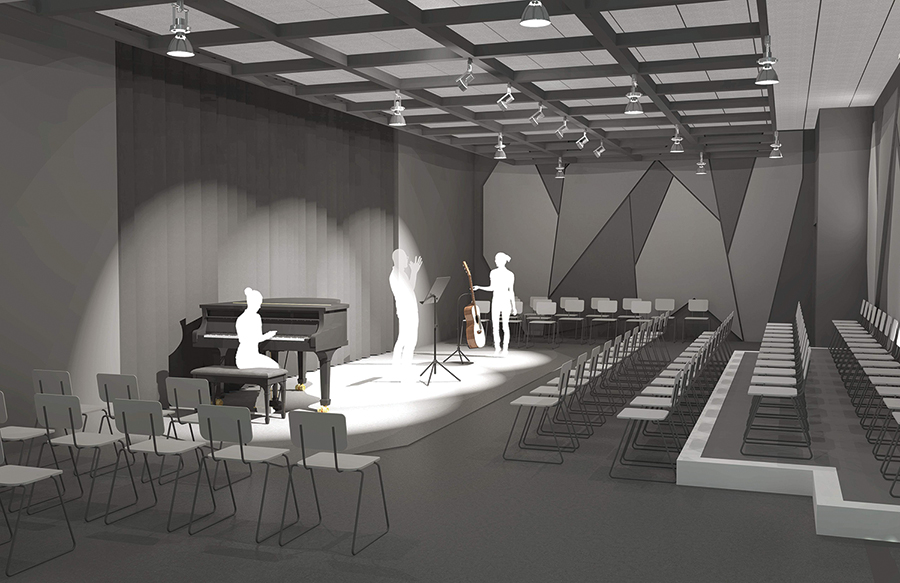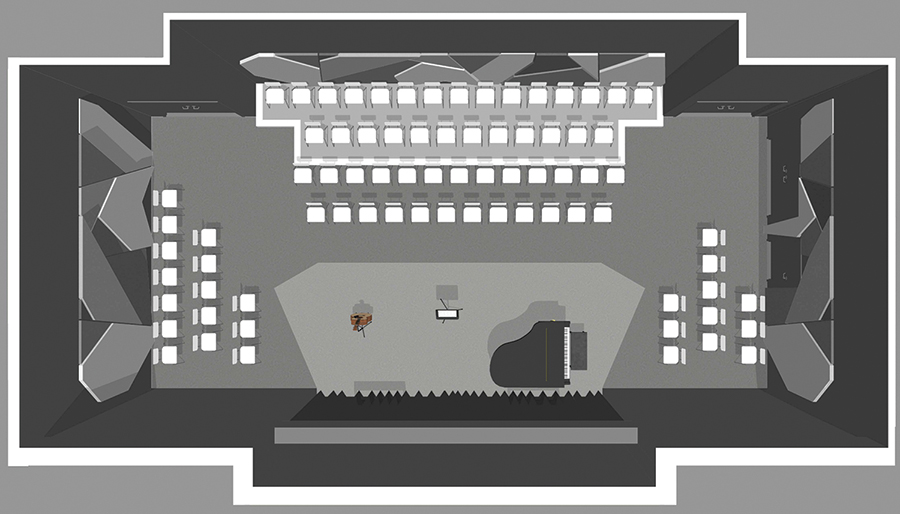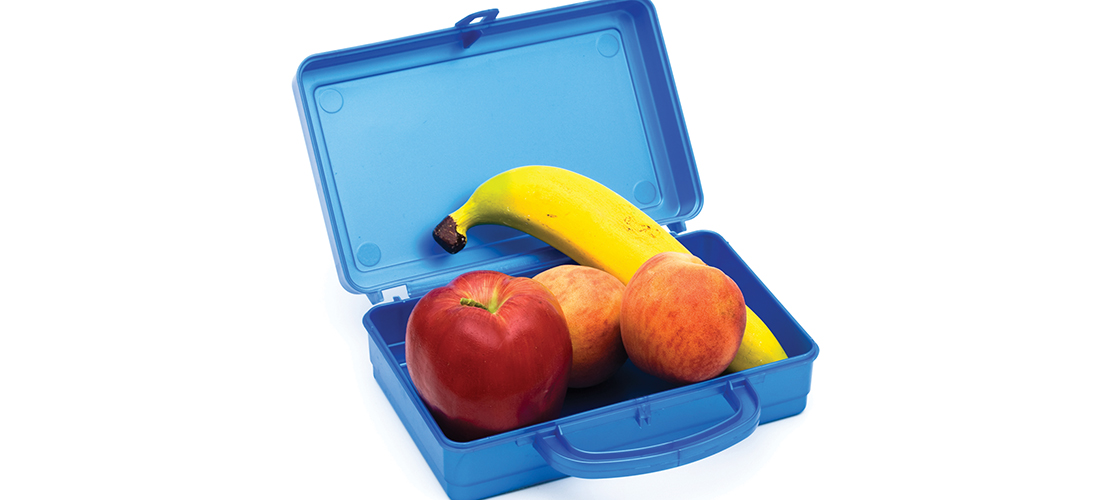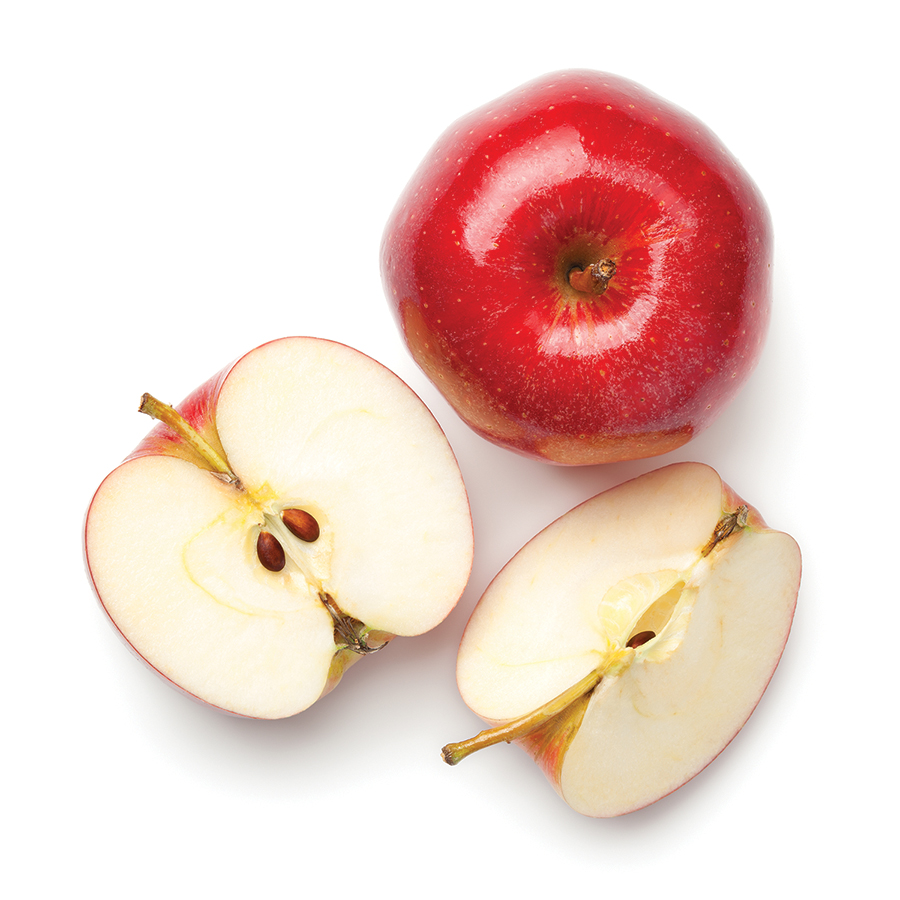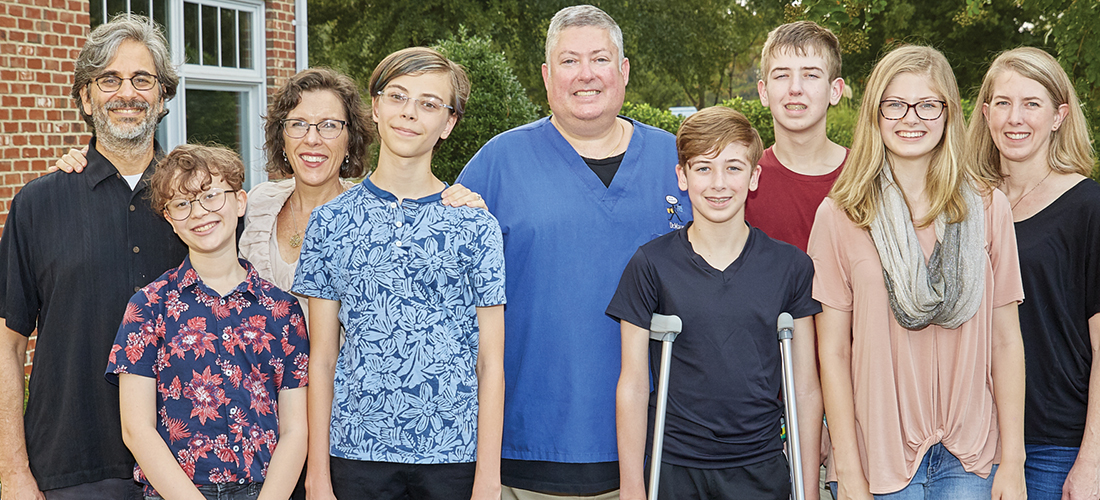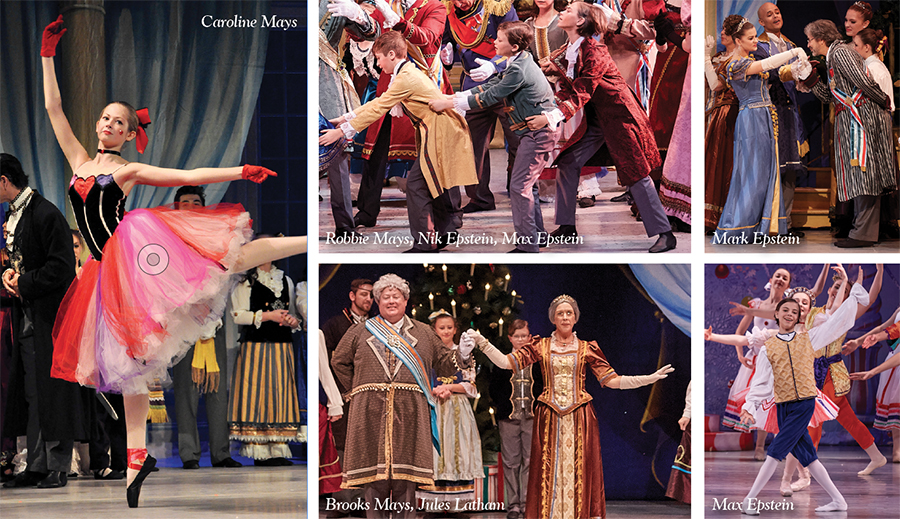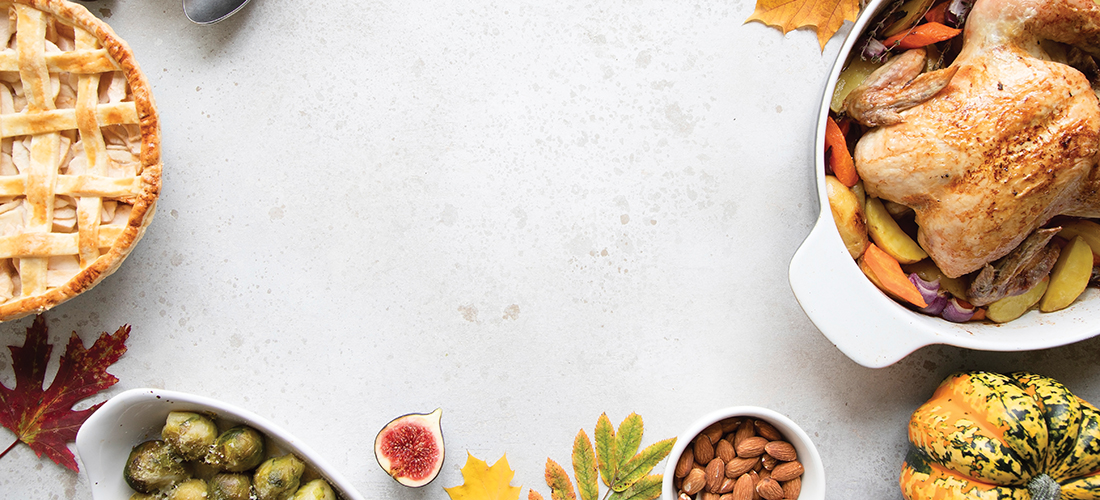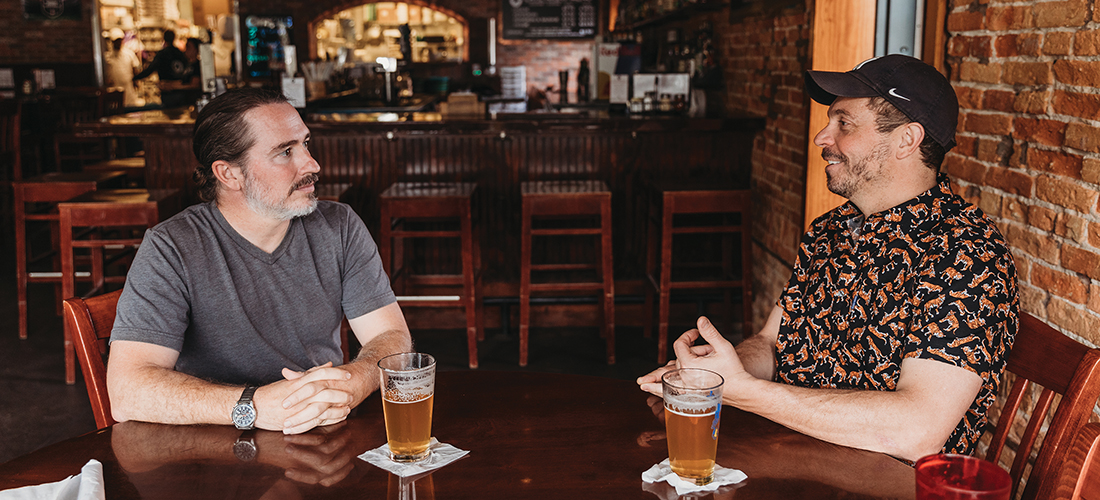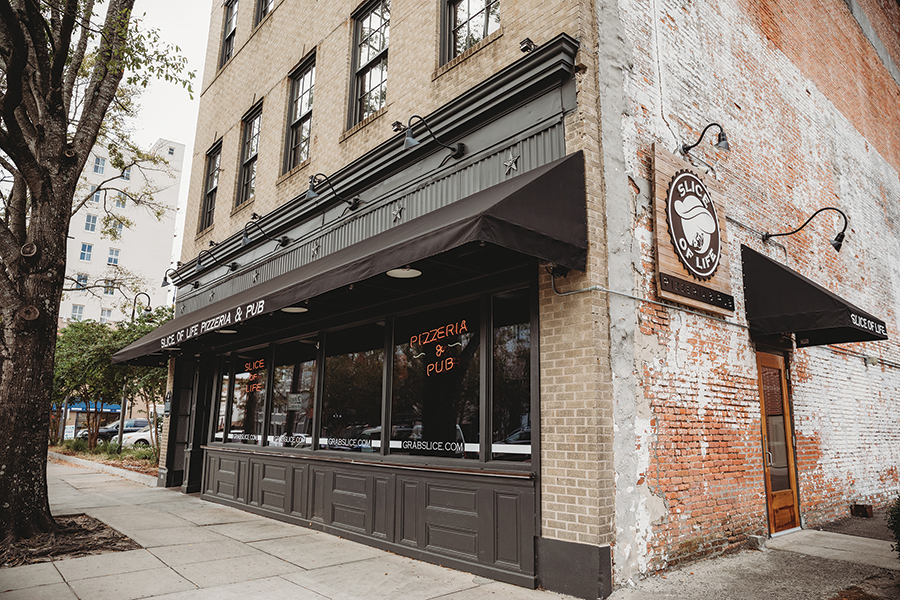Seventies Shooter
When the pros returned to No. 2
By Lee Pace
The decade of the ’70s was marked by oil shocks, stagflation, bell-bottoms, hot pants, flower prints, sideburns, disco music, geometric architecture, lava lamps and round multi-purpose sports stadiums. It was a decade of transition from the turbulent ’60s to a softer decade of the ’80s when the baby boomers moved into their peak earning years and the “Me Generation” emerged.
And the ’70s marked quite the era of transition for Pinehurst.
From 75 years of ownership by the Tufts family to a modern resort/residential developer named Diamondhead.
From closed during the summer to round-the-year operation with air-conditioning.
From a golf-only environment to one more inclusive of the family with a new tennis facility and lake/beach club.
The 1970s also marked the return of professional golf to Pinehurst after a two-decade hiatus, which seems hard to fathom given No. 2’s firm spot in the modern USGA rota of major championship sites. The North and South Open was an anchor on the pro golf tour from its inception in 1902 until it was discontinued by owner Richard Tufts in 1951 over a dispute with golfers over the tournament purse. Then, after Diamondhead bought the resort and country club on Dec. 31, 1970, company president Bill Maurer believed Pinehurst should be back on golf’s center stage.
“We’re always talking about Pinehurst being the golf capital of the world, so you could have the ‘World Championship’ at Pinehurst,” Maurer said.
He sold Joe Dey, commissioner of the Tournament Players Division of the PGA of America, on the idea of a “World Open” at Pinehurst — eight rounds over two weeks for the astronomical purse of half a million dollars and $100,000 to the winner. The dates were blocked for November 1973.
A field of 240 players, including a sizable international contingent, convened in Pinehurst Nov. 8-17 for the World Open, played on courses 2 and 4. Miller Barber collected the title and the hundred grand prize, totaling 570 over eight rounds to edge tour rookie Ben Crenshaw by three shots. The veteran and youngster were tied through 13 holes on the final day, but Barber birdied 14 and 18, and Crenshaw bogeyed 16 after a wild drive to provide the final chapter.
Pinehurst was back in the professional golf business and would be for exactly one decade. The finest golfers of the era would win at Pinehurst and place their stamps on the Pinehurst history scroll — Johnny Miller, Hale Irwin, Tom Watson and Raymond Floyd were among the victors on Pinehurst No. 2. Jack Nicklaus added to his North and South Amateur win in 1959 with a professional triumph in 1975. But it was also a star-crossed decade with a soft golf course played at bad times of the year, and events with shaky financial underpinnings throughout.
The 1974 World Open, contested Sept. 12-15, coincided with the opening of the new World Golf Hall of Fame, a $2.5 million structure built behind the fourth green and fifth tee of No. 2. President Gerald Ford presided over the ceremony to induct the 13 charter members of the Hall of Fame — eight of them living (Ben Hogan, Sam Snead, Byron Nelson, Arnold Palmer, Gary Player, Gene Sarazen, Patty Berg and Nicklaus); and five inducted posthumously (Bobby Jones, Walter Hagen, Francis Ouimet, Harry Vardon and Babe Zaharias).
The Hall of Fame was certainly a good idea, as the game of golf, for all of its rich history, had nothing along the lines of baseball’s Cooperstown or football’s Canton. Diamondhead funded the brainchild of Maurer, who was understandably sensitive to cynics who didn’t like the Hall of Fame funded by a company in the business of selling real estate and hotel rooms.
“Everybody else had a shot at doing it for 600 years, and nobody did,” Maurer said. “If somebody else wants to build another one, fine. But I like the score I’m in the clubhouse with.”
The 1974 tournament was a success, with warm weather, good galleries and Miller beating Nicklaus, Frank Beard and Bob Murphy in a playoff on the second extra hole. Miller laced a 3-wood second shot on the par-5 16th hole for a two-putt birdie and the victory.
“So I lost another golf tournament,” Nicklaus said, “but I never enjoyed playing a golf course more. Pinehurst No. 2 is fabulous. I learned about five things about design this week — on a course 50 years old.”
Tour dates in August and September the rest of the decade proved a wicked time to compete on a golf course that Donald Ross designed to run firm and fast. Course maintenance staff had to keep the greens, converted from Bermuda to bent in the summer of 1972, well-hydrated in the Southern heat and humidity; their softness allowed golfers to aim at flagsticks with abandon. For much of the 1970s, Diamondhead’s maintenance staff allowed the rough to grow thick around the putting surfaces, never understanding the concept of the Ross chipping areas.
“Get rid of the rough and return the greens to Bermuda, and I’ll put No. 2 back in my top five in the world,” Tom Watson said after winning in 1978.
Pinehurst officials did exactly that, but when Colgate departed as the headline sponsor following the 1979 tournament, financial problems suffocated the event. The Hall of Fame Classic lasted three more years but was gripped in a downward spiral of momentum. There wasn’t a big enough purse to attract the best players. Without the best players, the gate dwindled. And the purse got smaller. Diamondhead itself was in major arrears with its creditors as the early 1980s evolved; the company had lost Pinehurst, and the resort was in the hands of a consortium of banks when the last Hall of Fame Classic was held in September, 1982.
It was during the 1970s as well that Pinehurst officials first reached out to the USGA with the idea of hosting the U.S. Open on No. 2. Those talks never went very far, however, as USGA executive director for rules and competitions P.J. Boatwright knew the course intimately from having lived in Pinehurst from 1955-59 while running the Carolinas Golf Association and was not happy with Diamondhead’s stewardship.
But things changed over the 1980s: Robert Dedman Sr. bought the resort and club in 1984, restored its financial stability, and funded a total golf course and infrastructure expansion and overhaul. Penn G-2 grass was developed to allow golf greens to play firm and fast in the summer, and the greens were converted in 1996. The Open finally came to Pinehurst for successful runs in 1999, 2005 and 2014 with a one-off pairing that final year with the Women’s Open the next week.
And now the clock’s been turned back to before that decade of the ’70s, with No. 2 reliving its earlier golden era of closely mown chipping areas, wide and firm fairways and sandy wastelands beyond the fairways. The changes came under the auspices of architects Bill Coore and Ben Crenshaw and were executed over two years from 2010-12.
“P.J. talked so lovingly about what No. 2 had been years ago,” says David Fay, who began his USGA career under Boatwright in the 1970s and retired in 2010 as its executive director. “That picture he painted of No. 2 has always remained in my mind.
“Yes, P.J. would love the changes.”
One of those winners from the ’70s had a local perspective, with Floyd having grown up in Fayetteville and getting the occasional opportunity to play at Pinehurst with friends of his father, who ran the Fort Bragg golf course, or in junior competitions.
“I remember my first trip was in the winter and the grass was dormant,” says Floyd, today retired from competitive golf and living in South Florida. “And I remember how tough it played, especially the front nine. I was excited because it was a treat to be leaving town to play another golf course, but I wasn’t even aware of the history or tradition. Back then, there was no such thing as rough. There was sand and pine straw and the natural environment was the rough.”
Floyd beat Jerry McGee in a playoff for the 1976 Colgate championship. His last competitive rounds on No. 2 were played in the 1994 Senior Open there.
“I was really impressed with the course that week because it was in such great condition,” Floyd says. “Among the players, No. 2 was known as a great golf course, maybe top five or top 10 in the world, but that wasn’t for its conditioning. It was just such a great layout.
“Pinehurst is a golf mecca now with all the history and the great people of golf who have been there and won there. And Donald Ross was such a great architect. It’s definitely one of the world’s top golf destinations and there’s a lot of history there. Pinehurst No. 2 is one of great golf courses in the world and it’s always fun to play it.”
And thankfully no one plays it today wearing bell-bottoms and Nehru jackets. PS
Chapel Hill writer Lee Pace has written about Pinehurst, its golf courses and its personalities for more than three decades and has never sported the “full Cleveland look” on any of the resort golf courses.




